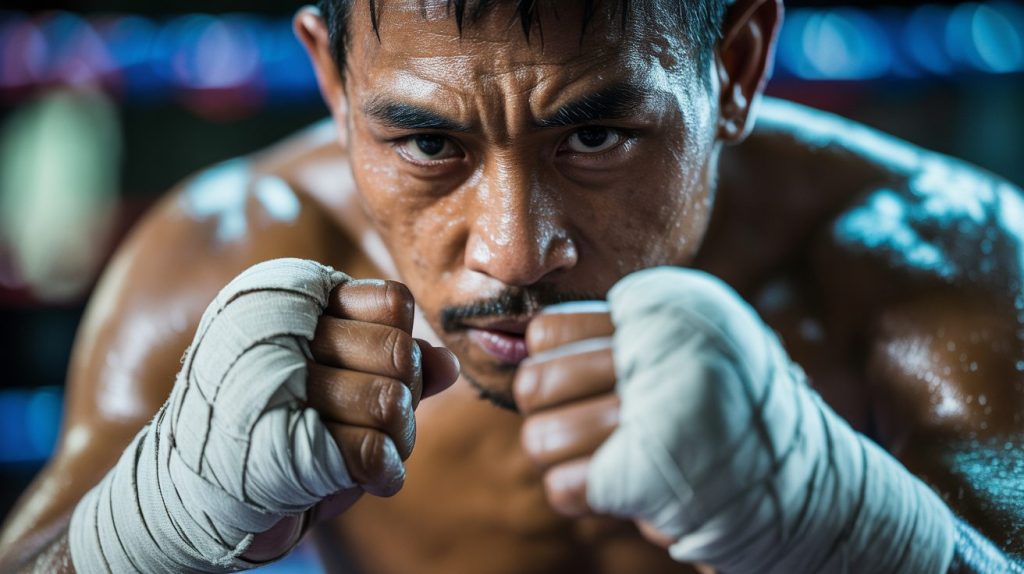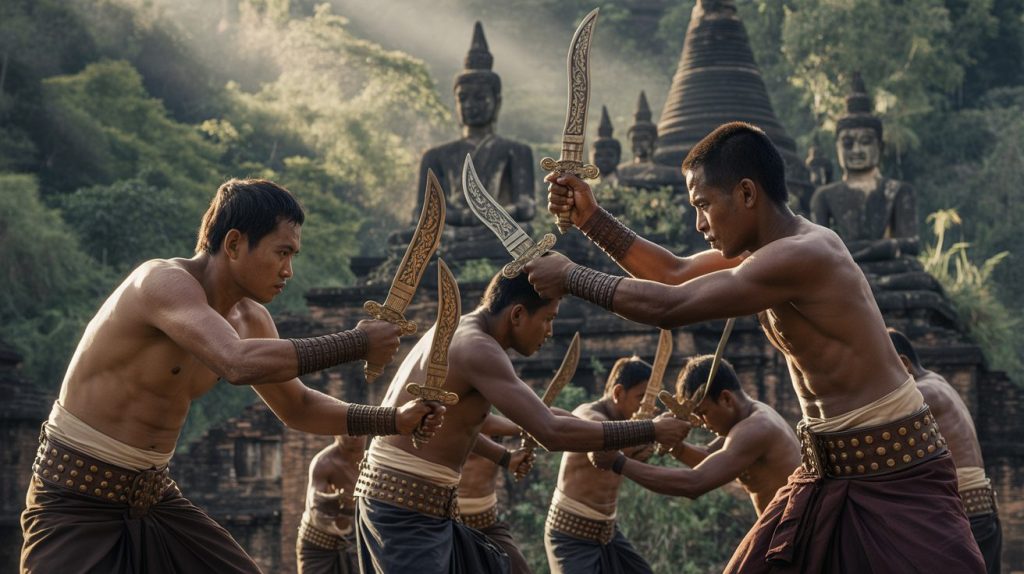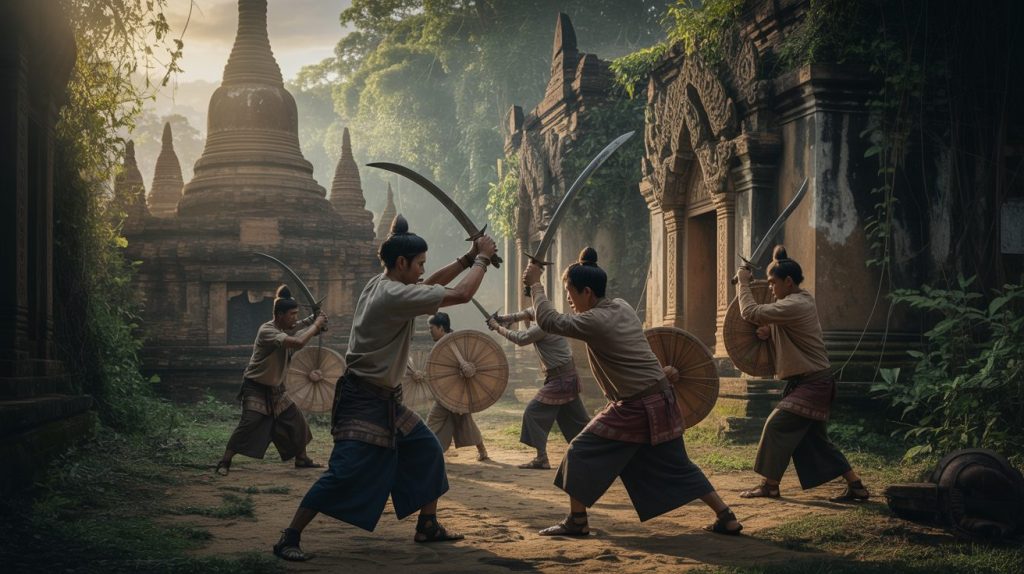Lethwei — Myanmar’s ancient bare-knuckle combat sport, famously called the “Art of Nine Limbs” — uses fists, elbows, knees, feet and headbutts. It’s raw, courageous, and brutally effective in close quarters. Lethwei remains a living combat tradition that’s been modernized into organized events and international promotions.
History and cultural role
Lethwei traces to the Burmese kingdoms and battlefield traditions, evolving into festival contests and local competitive matches over centuries. In modern times it has been standardized in parts and promoted professionally, but the bare-knuckle ethos and warrior spirit remain central.
The rules that make it unique
Lethwei’s defining feature is the headbutt, giving it the “nine limbs” label in contrast to Muay Thai’s eight limbs. Traditionally fights were bare-knuckle and could continue until a knockout; modern promotions have added rules, weight classes, and medical oversight while retaining the sport’s fierce character.
Popularity in Myanmar and worldwide
Lethwei remains especially popular in certain regions of Myanmar (Mon and Karen areas, plus Yangon/Mandalay scenes) and is part of cultural celebrations. Since the 2010s, organizations and promoters (including the World Lethwei Championship) brought Lethwei to international audiences, producing modern events and broadcasting highlights to global viewers.

Gender, age, and who trains
Gender: Historically male-dominated, but female participation is growing slowly. Modern promotions have created women’s divisions and there are notable female fighters and international women practitioners. Female Lethwei is still a small but growing portion of the sport.
Age: Training tends to favor young adults for competitive fighters due to the sport’s physical toll; recreational practice and drills can be modified for older trainees with appropriate protections.
Is Lethwei practical for modern self-defense or streetfighting?
For modern self-defense: Lethwei trains brutal striking, clinch control, and shock weapons like headbutts — technically very effective in one-on-one close confrontations. However, Lethwei fighters often accept higher risk of cuts and concussions; the techniques are designed for competitive or lethal contact rather than conservative self-defense.
For streetfighting: The raw techniques (elbows, headbutts, knees) can be devastating in a street context — but they also carry legal and medical risks. Using extreme techniques in civilian self-defense can escalate outcomes and have legal consequences.
Practicality verdict: Lethwei is extremely effective for close-range striking and would give a real advantage in pure stand-up fights; but for everyday self-defense you should prioritize de-escalation, escape, and legal considerations and combine Lethwei striking skills with awareness and avoidance strategies.

Training notes, safety, and how foreigners get involved
Go progressive: Start with striking fundamentals, pads and bag work, then progress to clinch and controlled contact. Bare-knuckle work should only be attempted with experienced coaches.
Cross-train: Many modern fighters combine Lethwei striking with wrestling or MMA grappling to cover throws and ground work.
Promotions and gyms: Myanmar has local gyms and international camps; modern promotions like WLC helped create structured pathways for higher-level competition and visibility.
Famous Lethwei Warriors
- Tun Tun Min – “The Iron Man of Myanmar,” known for his knockout power.
- Too Too – National champion known for technical precision.
- Dave Leduc (Canada) – Helped bring global attention to Lethwei through his success against Burmese champions.

The “Art of Nine Limbs”
While Muay Thai is called the “Art of Eight Limbs,” Lethwei adds the ninth weapon — the headbutt.
Strikes include:
- Punches and elbows for short-range power.
- Kicks and knees for mid-range attacks.
- Headbutts for close-quarters shock impact.
- Clinch and throws for control and disruption.
Traditional fighters wrap their hands in gauze or tape, leaving the knuckles exposed — no gloves.
Modern Evolution
Today, Lethwei has gained international attention through promotions like World Lethwei Championship (WLC). Some fighters transition between Lethwei and Muay Thai, though Lethwei’s bare-knuckle format remains its signature.
Despite modernization, it retains its warrior ethos — courage, honor, and endurance above all. Fighters are respected not only for victory but for surviving the storm.


